Rabban Bar Sauma's trek from China to Rome a key to world history (Part II)
【Summary】The actress Zhu Zhu, considered to be the most beautiful Chinese woman in the world, starred in the epic “Marco Polo” series on Netflix
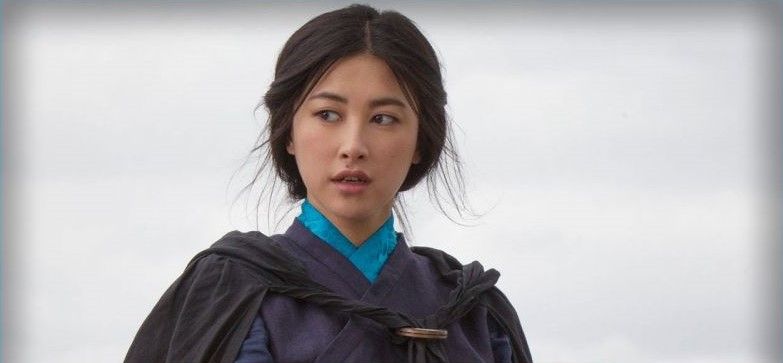
By Anthony C. LoBaido
Columbus. Magellan. Sir Francis Drake. Captain Cook. These men charted the entire world as European Civilization spread to the four corners of the Earth. On June 7th, 1494, Pope Alexander VI divided the entire world between Spain and Portugal via the Treaty of Tordesillas. In time, Australia, New Zealand and Antarctica were discovered. Sir Ernest Shackleton's intoxicating exploration of Antarctica included the greatest survival story in all of human history. Burke and Wills crossed the Australian Outback. Think of Livingstone in Africa and the quest to find Lake Victoria as the source of the Nile River. Consider Lewis and Clark going on their cartography mission to chart the Louisiana Purchase Thomas Jefferson wrestled from Napoleon. Marvel at the building of the Transcontinental Railroad and the hearty efforts to dig the Panama Canal.
All of these feats and amazing adventures can be linked somehow to the failure of Rabban Bar Sauma. Had he succeeded in brokering a deal in which European Crusades and their Mongol allies overwhelmed Islamic leaders in the Holy Land, then the voyages of Columbus and Magellan might not have been so necessary and vital in terms of projecting European power across the oceans. Europe could have continued to function much in the same way as did the ancient Roman Empire, where "all roads led to Rome."
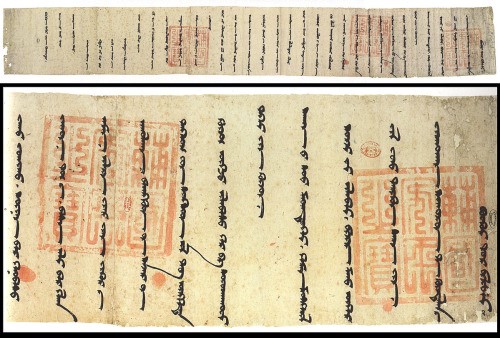
These document archetypes embody the script Rabban Bar Sauma would have used in his official diplomatic writings
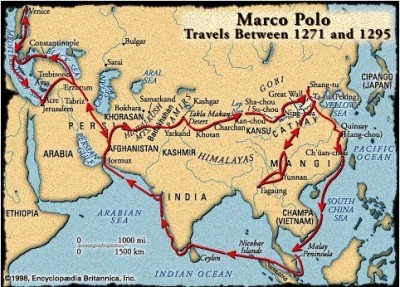
This graphic details the travels of the famed explorer Marco Polo, the man who continues to overshadow Rabban Bar Sauma, who in turn was "Marco Polo in reverse"
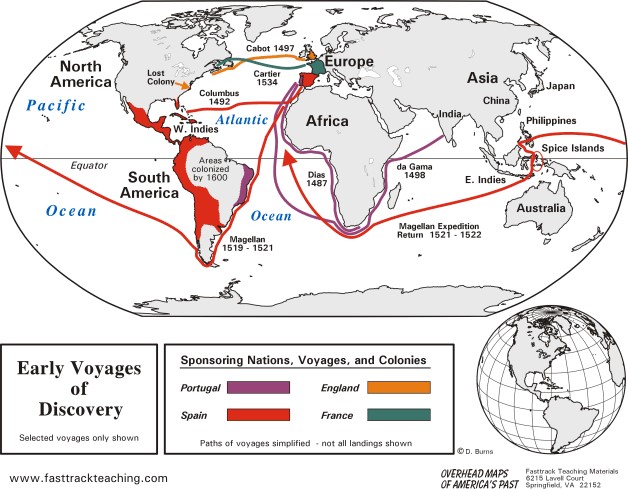
The failure of Rabban Bar Sauma's mission to the Vatican accelerated Europe's desire to seek maritime routes overseas rather than a land route through Jerusalem to Asia.
While an elderly man with his end in sight, Rabban Bar Sauma returned to Baghdad in Iraq, and proceeded to write an account of his travels from China to the Vatican (on Easter Sunday of 1288 A.D.) and everywhere in between. You can read his personal journal right here. We know that when he received Holy Communion from the Pope that Rabban Bar Sauma broke down weeping. He had walked 7,000 miles to meet the Pontiff.
It should be noted that by the 7th Century the Nestorians had reached China. They claimed to be "the luminous religion of the Roman Empire" — once pagan and now holy. "Daqin" was the Chinese word for "Roman Empire," and Roman ways were known in China since 300 A.D.
Relating back to his time in Iraq, we learn of an interesting development regarding his traveling companion Marcus:
"[Rabban Bar Sauma] finally settled at the court of the head of the Nestorian church, Patriarch Mar Denha I, in Baghdad (which they reached in the 1270's). Unable to make their way to Jerusalem due to the incessant fighting in the region between the Mongols (the Ilkhanate), Egyptians, and the Crusader States, the two pilgrims were forced to remain in Baghdad as guests of the Patriarch. However, in 1281, Patriarch Mar Denha I died and the in the subsequent election Rabban Bar Sauma's companion, Rabban Marcus, was elected as the new Patriarch, Mar Yaballaha III."
This would indicate that Marcus became an important religious and political figure.
Describing Rabban Bar Sauma's adventures in Europe, we read:
"As the regional wars between the Mongols of the Ilkhanate (ruled by Arghun Khan) and the Egyptian Mamluks intensified, it was decided … the Mongols should seek an alliance with Christian Europe against a common enemy. The Mongols thus turned to their Christian subjects to act as emissaries to the European Kings and the Pope. Patriarch Mar Yaballaha III decided the best candidate was his old teacher and travelling companion, Rabban Bar Sauma. So in 1287, (at the age of 67) Rabban Bar Sauma left Baghdad as the emissary of Arghun Khan. Fitting his station as a state emissary, Rabban Bar Sauma left with a large retinue of 30 riding animals and two interpreters from Genoa, Tommas d'Anfossi and a man simply called "Ughetto." Rabban Bar Sauma could speak fluent Chinese, Turkish, and Persian but no European languages.
"Proceeding through Armenia the retinue traveled to Constantinople and met with the Byzantine Emperor Andronicus II Palaeologus where Rabban Bar Sauma marveled at the wonder of the Hagia Sophia. However the Byzantines, having recently been decimated by the Venetians in the 4th Crusade were in no position to offer help and had entered a period of terminal decline. Rabban Bar Sauma's retinue, therefore, went by boat to Italy to see the Pope, Honorius IV. The retinue went via Sicily where they witnessed the eruption of Mt Etna on June 18th 1287 as well as the naval battle of Sorrento (June 24th) between Charles II of Naples and James II of Aragon (and Sicily)."
Those interested in learning more about Rabban Bar Sauma should study the work of Morris Rossabi. He is the author of "Voyager from Xanadu: Rabban Sauma and the First Journey from China to the West." In an interview with U.S. News & World Report, Rossabi explained how Sauma aimed to forge an alliance to drive the Muslims from the Middle East. It was "an extraordinary example of early geopolitics," says Rossabi.
The U.S. News & World Report article claims Rabban Bar Sauma left for Jerusalem in 1275 A.D. while in his 50's. (Apparently there is some discrepancy about the exact dates.) The article says, "Sauma's party crossed the Taklimakan Desert in western China on camels -- "a toilsome and fatiguing journey of two months," he wrote. The trip from China to the Middle East took four years in all. But fighting near Jerusalem kept him from visiting, and he lingered in Baghdad. Yet he failed to broker a deal between Europe and the Mongols and returned to Baghdad, where he died in 1294.
"If Sauma had been successful, history would have been very different," says Jack Weatherford of Macalester College. "Europe would have ruled Jerusalem and Egypt, and they would not have sailed around looking for a new trade route," he says. In other words, no Vasco da Gama, no Columbus -- and a world as strange to us as Europe appeared to Sauma.
A review of Rossabi's book on Amazon says:
"Morris Rossabi has done a remarkable and meticulous piece of scholarship. He reconstructs the journey of a Nestorian Christian and his lifelong friend to the Christian west, sent as emissaries of the Mongol emperor of China, Kublai Khan, to hopefully meet with the heads of the churches and major players: the Pope, European monarchs, the Byzantines in Constantinople. It was a long and at times hazardous journey for the two. They were detained from their mission because of the political turmoil caused by the Islamic empires which were gaining control of the Levant. It was these very Islamic kingdoms that caused the Khan to send his ambassadors westward. Kublai Khan was aware that the Islamic upstarts could pose his reign some problems. A distant Khan, the Ilkhan of Persia, was having more immediate problems of the same sort. What the Great Khan proposed to the west was a military alliance against the Muslims -- but it was not to be. Rabban Bar Sauma did get to meet the Pope and the kings of France and England, but never made it back home. Although he wrote a memoir of his journey, only a quite truncated version has come down to posterity, and the document is a trial for skilled Syriacists. In its place we have Rossabi's skillful blending of not only Sauma's text, but material from his contemporaries as well. Across a number of cultures Professor Rossabi shows an ease and familiarity with their texts and histories and uses all of them to create a gripping book."
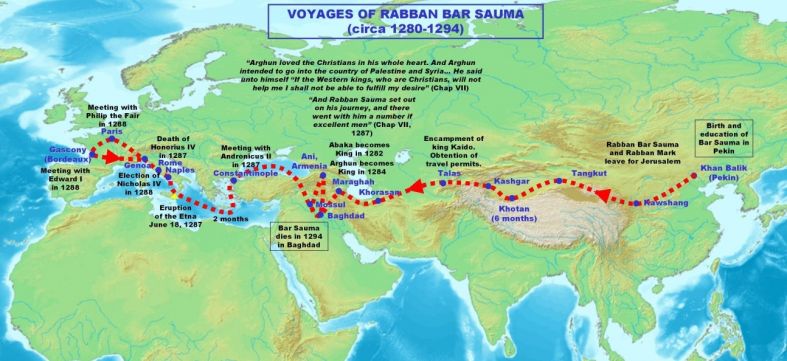
The voyages of Rabban Bar Sauma
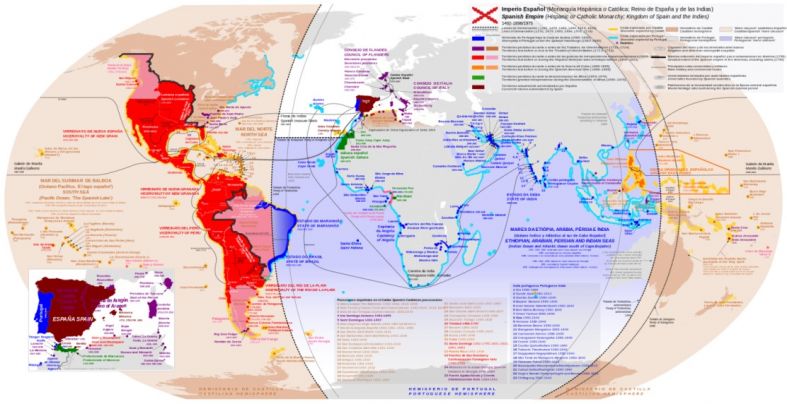
A look at the world of the Conquistadors – had Rabban Bar Sauma's mission succeeded, this map might look very different today
-

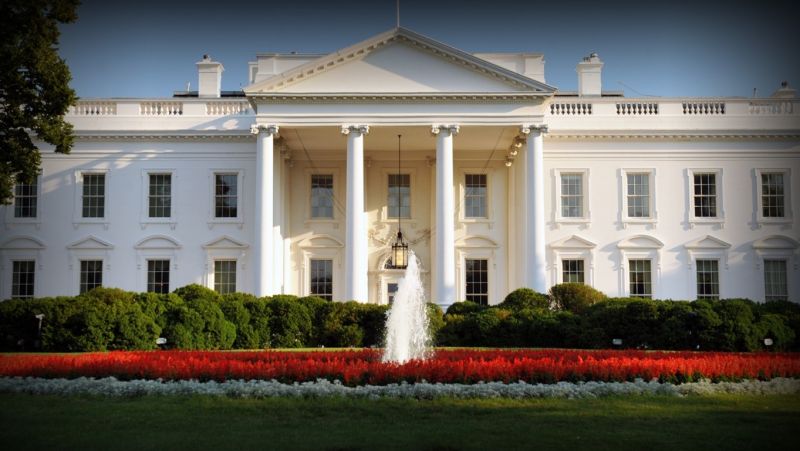
What will a Trump Presidency mean for self-driving cars?
-


Driverless Cars – an anti-social future in the making?
-


Ambulance + Tank =’s a new generation of emergency vehicle technology
-

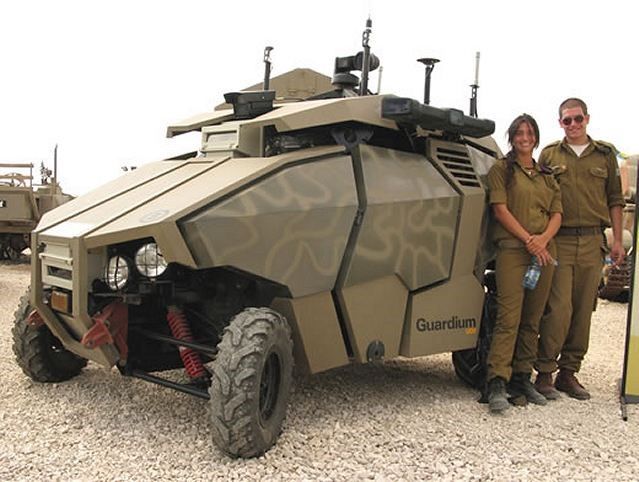
The Israeli Army’s new autonomous vehicle – a look at the battlefield of tomorrow
-

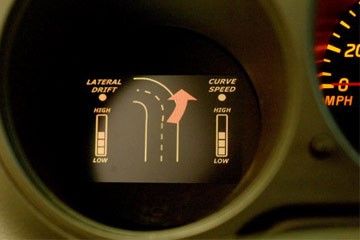
Top 10 Newfangled Car Safety Technologies
-


The Fall Leaves of Yosemite – Celebrating 100 Years of U.S. National Parks
-

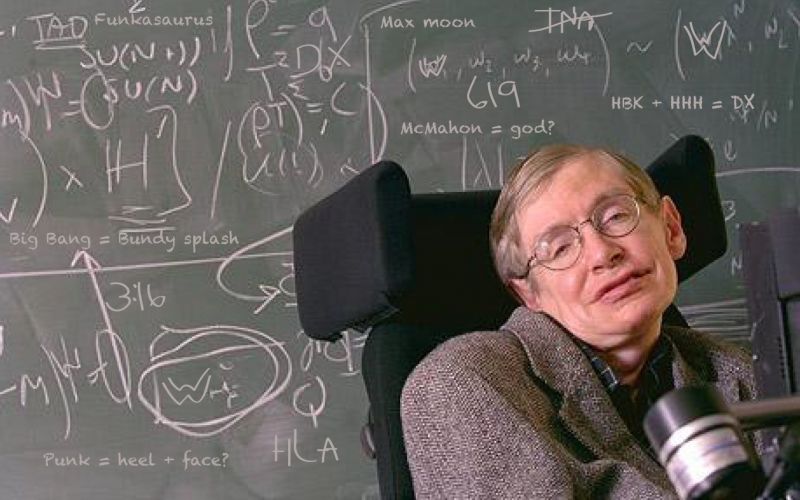
Stephen Hawking, Robotics and Our “Dangerous Point in Human History”
-

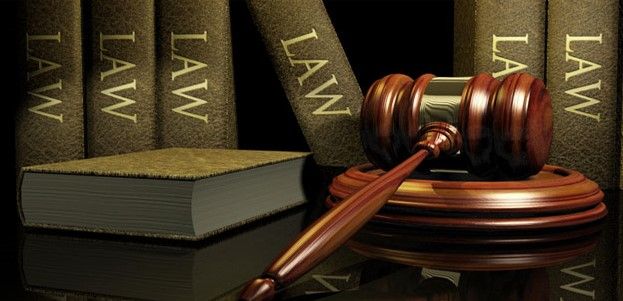
Do auto manufacturers or tech companies file the most patents?
- Managing the Transition to Self Driving Cars
- The Lost Legion of Crassus
- The Wind Beneath My Wings "Altamont Wind Farm"
- Rabban Bar Sauma’s trek from China to Rome a key to world history (Part I)
- Rabban Bar Sauma’s trek from China to Rome a key to world history (Part II)
- Beijing’s Quantum Satellite Another “First” in the 21st Century Space Race
- California, Chinese Pride and the Building of the Transcontinental Railroad Part II
- Is mankind living in a computer simulation? Part Ⅰ
- Information Overload – How Much is too Much?
- A Brief History of the Internet











 About Us
About Us Contact Us
Contact Us Careers
Careers